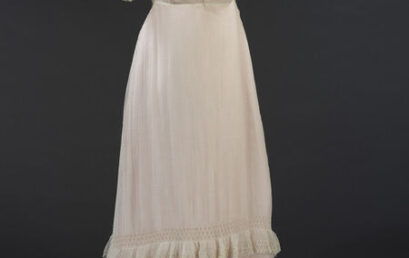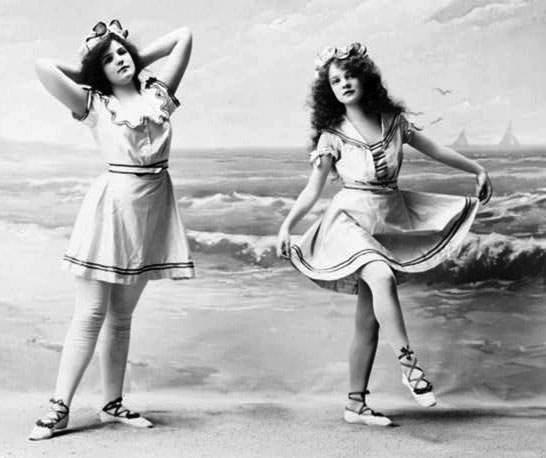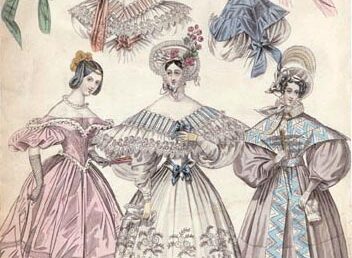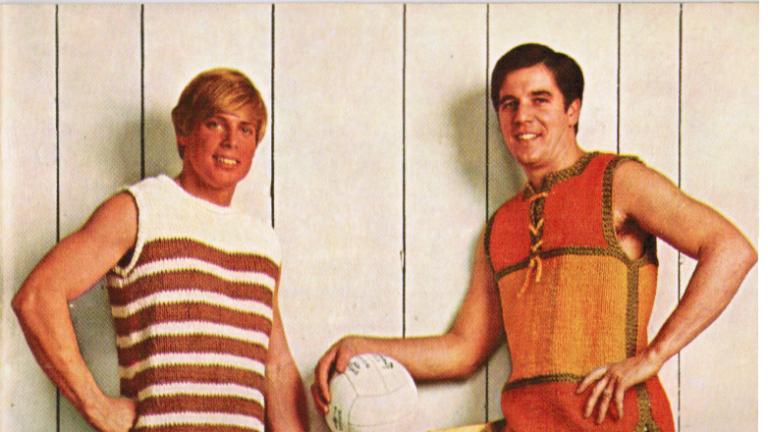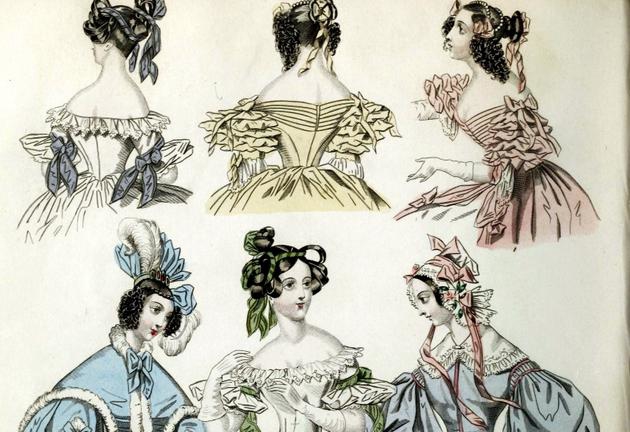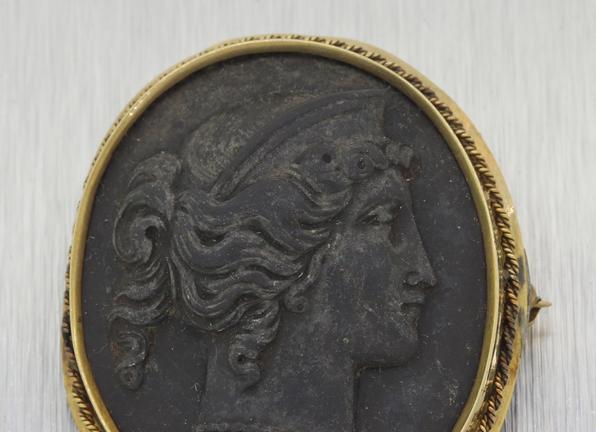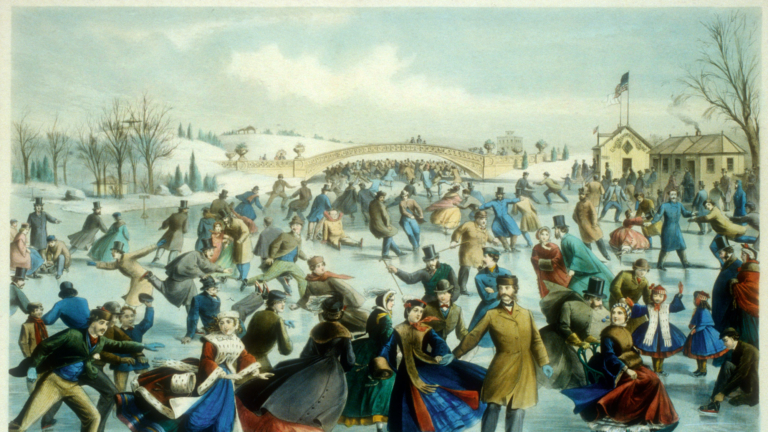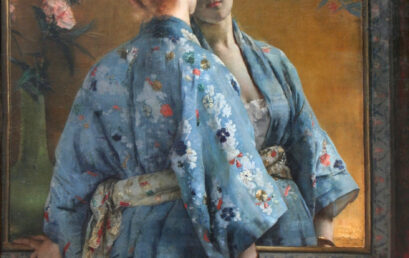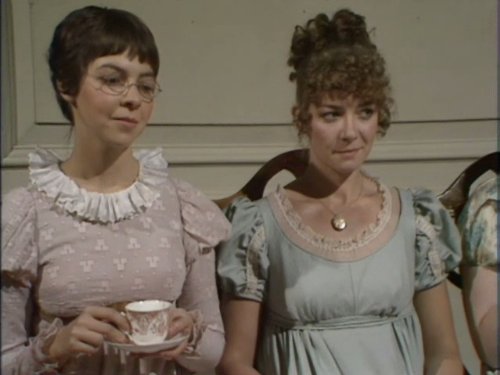Let Them Wear Muslin!
by Feather Tippets-Rosica. Originally published in the May / June, 2009 issue of Finery The transition from the elaborate gowns of the eighteenth century, worn over rigidly boned stays and hooped petticoats, to the soft muslin gowns associated with the heroines of Jane Austen’s novels was not a sudden event sparked by the French Revolution. Marie Antoinette started it well […]
By the Beautiful Sea
by Catherine Scholar. Originally published in the May / June, 2009 issue of Finery. What’s nicer than spending a sunny summer day at the seashore? For centuries, such a thing was never even considered. Going to the beach for fun was unheard of until eighteenth century doctors began prescribing sea-bathing for health problems. Even then, swimming itself was unknown; most […]
Underneath the Romance: 1830s Skirt Supports
by Catherine Scholar, First published for the September/October 2008 issue of Finery The fashionable silhouette of the 1830s included a bell or dome shaped skirt, which was supported by multiple starched white cotton petticoats. This simple garment is difficult to research, as there isn’t much helpful information available, and few extant garments. In The History of Underclothes, authors Willet and […]
Collecting Vintage Today
by Judith Hollenberger, First published for the March/ April 2008 issue of Finery Since the days of the $4 thrift store Victorian bodices are gone, what’s a person who wants to start collecting vintage clothing to do? First you must decide what you want to collect, for what purpose, and for how much money. Victorian? Art Deco? Display? Study? To wear? […]
Dressing a Lady for Dickens Fair
by Sally Norton, First published for the November/December 2007 issue of Finery Many practical Victorian ladies had two separate bodices for many of their gowns. Both bodices would be made out of material that matched the skirt. This is the perfect solution for those of us wishing to attend an elegant tea and a Victorian ball. One bodice will have […]
Mourning Custom and Ritual
by Sally Norton, First published for the September/October 2007 issue of Finery Victorian mourning customs seem strange to us now, but they grew out of centuries of social ritual. Formal mourning was observed in England for royalty and nobles in Medieval times. As with other practices, those who could afford to copied the upper crust. The 19th century brought together […]
The Allure of Black
by Sally Norton, First published for the November/December 2006 issue of Finery Whitby Jet became extremely popular for jewelry in the 19th century. While some black jewelry was meant to be worn during mourning, black jewelry was fashionable as well, and worn for its beauty. The most prized jet is from Whitby, England where it has been washing up on […]
Dickens on a Shoestring (and an Ice Skate!)
by Trystan Bass, First published for the January/February 2004 issue of Finery In 1857, Nathaniel Currier and James Merritt Ives formed a partnership which created hugely popular prints for American middle-class homes through the 1880s. Many famous prints showed charming winter scenes, such as that of ice skaters in New York’s Central Park. Contemporary with Charles Dickens, the work of […]
East Meets West at Japonesque
by Sally Norton, First published for the September/October 2003 issue of Finery On Sunday, Oct. 5 GBACG presents Japonesque, A Victorian Afternoon in Hakone Gardens (2100 Big Basin Way, Saratoga). This event offers something special in costuming: an opportunity to explore and combine American/European and Japanese fashions of the late Victorian and Edwardian eras. Your interpretations may be historical or […]
Regency Costumes from the BBC Television Productions
A review of some productions from the 1970s and 1980s by Sally Norton, First published for the May/June 2003 issue of Finery The British Broadcasting Corporation is known for high production values. Programs such as Elizabeth R, Poldark and Lillie accurately recreate a past time and place. The costumes are a major contribution to the overall feel of a historic […]
